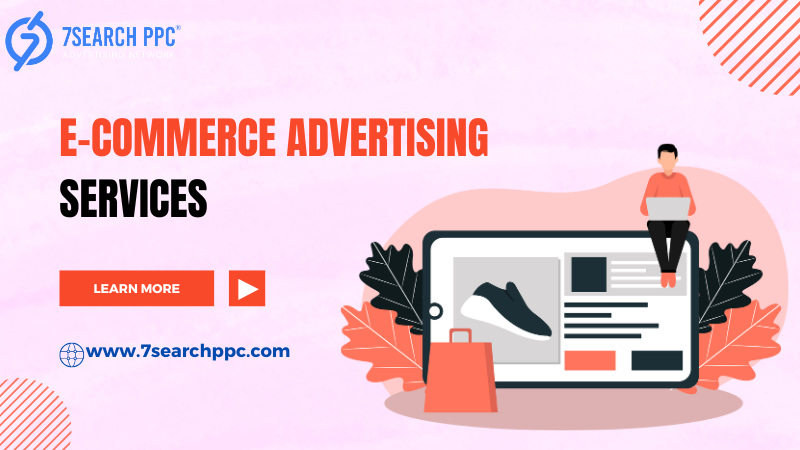What are e-commerce advertising services?
-
E-commerce advertising services encompass various digital marketing platforms and tools that help businesses promote their products online, reach target audiences, and drive conversions. Here are some key types of e-commerce advertising services:

1. Search Engine Advertising (SEA)
- Google Ads: The most popular search engine advertising platform, allowing businesses to create ads that appear in Google search results and on partner sites. Google Ads supports text, display, shopping, and video ads.
- Bing Ads: Similar to Google Ads, but for Bing's search network. It’s often more affordable and can reach audiences who use Bing as their primary search engine.
2. Social Media Advertising
- Facebook and Instagram Ads: Offers a wide range of ad formats (carousel, video, story ads) and targeting options. It’s particularly effective for retargeting and reaching custom audiences with lookalike targeting.
- TikTok Ads: Great for reaching younger audiences with short-form, visually engaging content.
- Pinterest Ads: Popular for e-commerce brands in lifestyle and fashion, allowing ads to appear as promoted pins.
- Twitter Ads: Useful for real-time engagement and promoting products in trending topics or with specific hashtags.
3. Marketplace Advertising
- Amazon Advertising: Provides sponsored product ads, brand ads, and display ads on Amazon, which allows you to reach customers who are actively looking to buy.
- Etsy Ads: Allows sellers on Etsy to promote their products on Etsy’s platform and within search results.
- Walmart Connect: Walmart's advertising platform for sellers, where ads can appear in Walmart search results and on product pages.
4. Display Advertising
- Google Display Network (GDN): Allows you to place banner and video ads across an ad network of millions of websites, apps, and Google-owned properties, helping to raise brand awareness and retarget users.
- Programmatic Display Ads: Automated platforms like The Trade Desk or MediaMath buy ad placements across various websites, optimizing in real-time to reach your audience more effectively.
5. Video Advertising
- YouTube Ads: Video ads on YouTube can range from short bumper ads to longer skippable ads, suitable for product demos or brand storytelling.
- Social Media Video Ads: Platforms like Instagram, Facebook, TikTok, and LinkedIn support video ads, which can help you engage with users through creative content.
